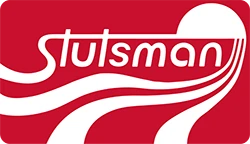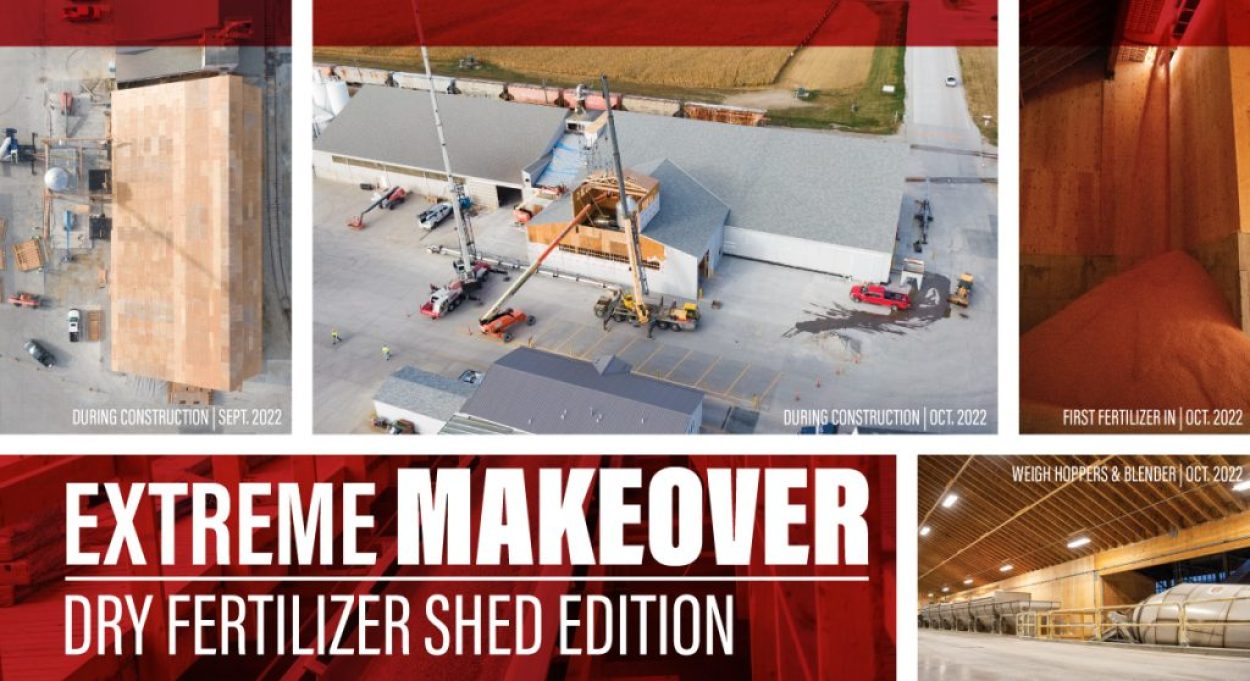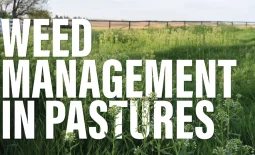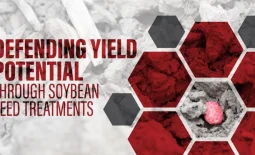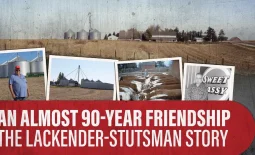Extreme Makeover: Dry Fertilizer Shed Edition
For those of you that have been to our Hills facility this summer, you have probably noticed that we have had some construction congestion and noise going on. We made the decision during the fall of 2021 that we needed to update our dry fertilizer facility. While it was not an easy decision to tear down the facility that has served us so well for the last 50 years, we knew that changes had to be made to allow us to provide world-class customer service in the future.
Factors leading to this decision
Several events have happened in the past couple of years that have led to this decision.
- Relying on just-in-time inventory in a seasonal business is dangerous. COVID has taught us many lessons; number one of which is that we can no longer count on having ample products to purchase or the ability to find trucks to carry them. We needed the ability to store a higher percentage of a fall or spring season usage to mitigate some of the supply-side risk.
- Fertilizer products are not always where you want or need them to be. A case in point is the high Mississippi River levels in spring 2019 that prevented us from bringing any barges into Muscatine for offloading. Our next best option was to bring those barges up the Illinois River to be offloaded in Peru, Illinois and then trucked into Hills. That was a logistical nightmare that none of us care to experience again! Again, we needed to have the ability to fill our facility in the off-seasons.
- The rise in popularity of variable rate application of crop nutrients has been the catalyst for the movement of some liquid products over to dry product alternatives. This shift in demand has really put additional pressure on our existing facilities.
- Some of our existing dry storage facilities have reached the end of their useful lives in both general condition, storage capacity, and mixing and handling capabilities. (We closed the Norway facility this summer.)
- Blending speed has not increased in our facility since 1972. We needed to get trucks loaded and out the gate much faster to minimize the unacceptable wait times. Due to wait times to get trucks loaded, there simply was no way for us to provide great customer service, let alone grow our business into the future.
New facility benefits
Our new facility will really help us serve you for success by eliminating some of these bottlenecks. It occupies roughly the same overall footprint in space but holds 25 railcars more product than its predecessor. Our fertilizer-receiving equipment has been upgraded to 250 tons per hour doubling how fast we can get product into the building. The new blender is rated at 16 tons per batch replacing the old 10-ton blender. Now all straight-truck loads can be mixed in one batch.
But the biggest change is that instead of a single weigh hopper feeding the blender, the new system has seven weigh hoppers that are fully automated feeding the new blender.
We have long enjoyed computer automation in our liquid plants, and we look forward to the additional speed (9 tons per minute) as well as the accuracy that computer automation will ensure in our dry blends as well.
We are all extremely proud of this facility addition and the capabilities it provides. Next time you are in Hills I would be grateful for an opportunity to give you a tour.
From all of us at Stutsmans, we sincerely appreciate your business.
Thank you!
Mark Stutsman

